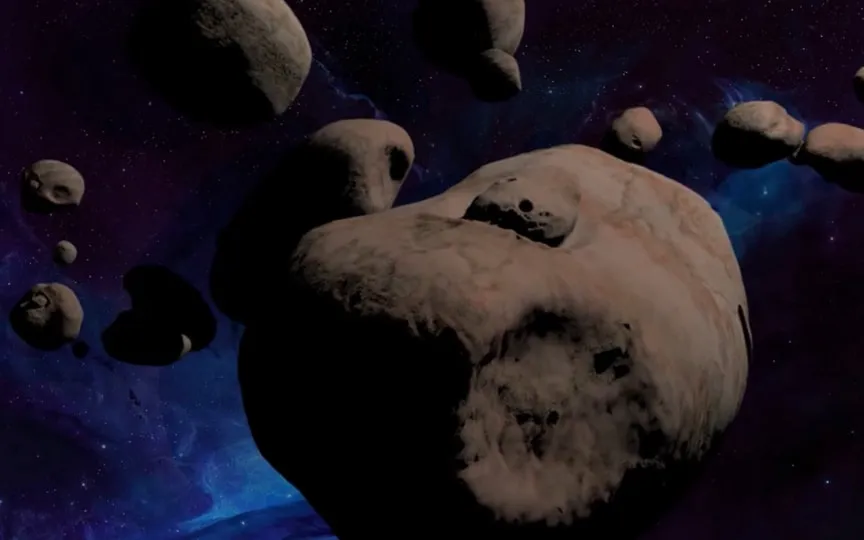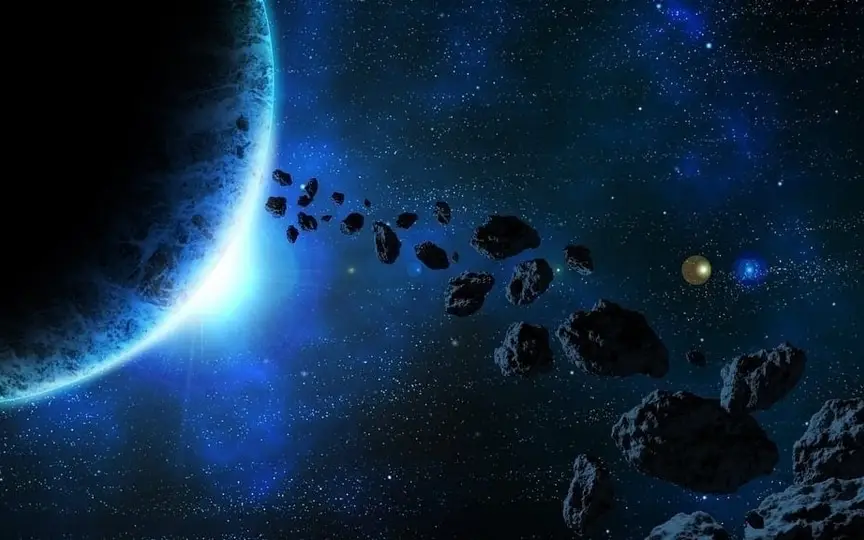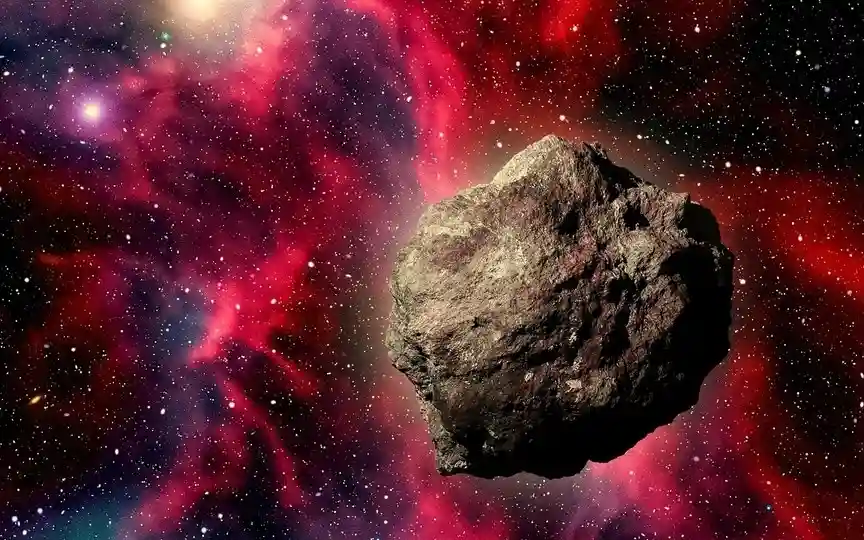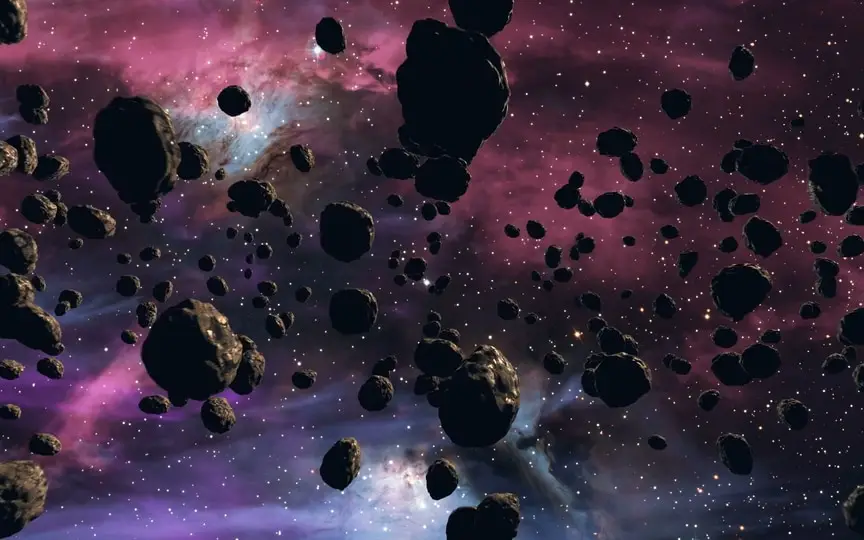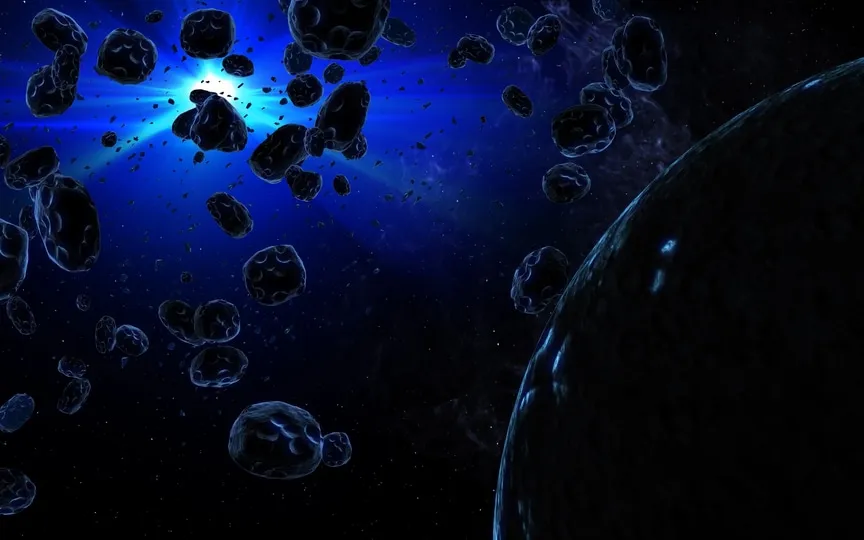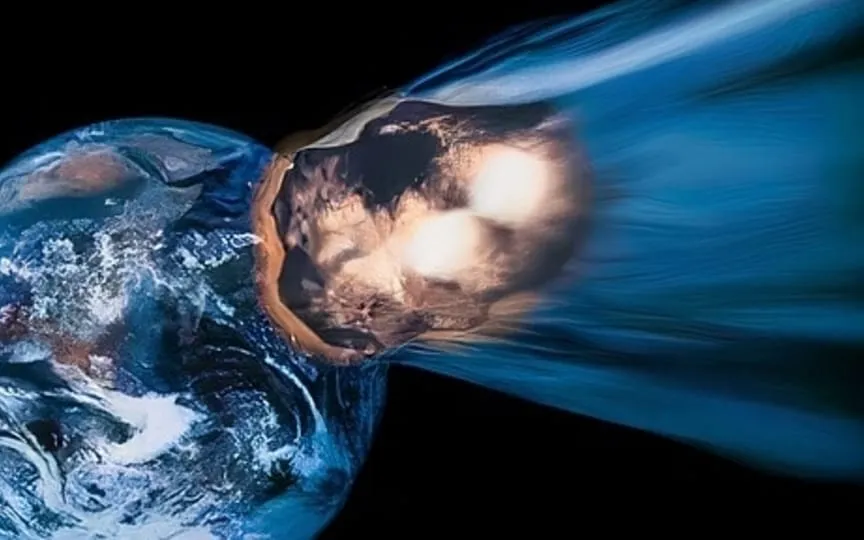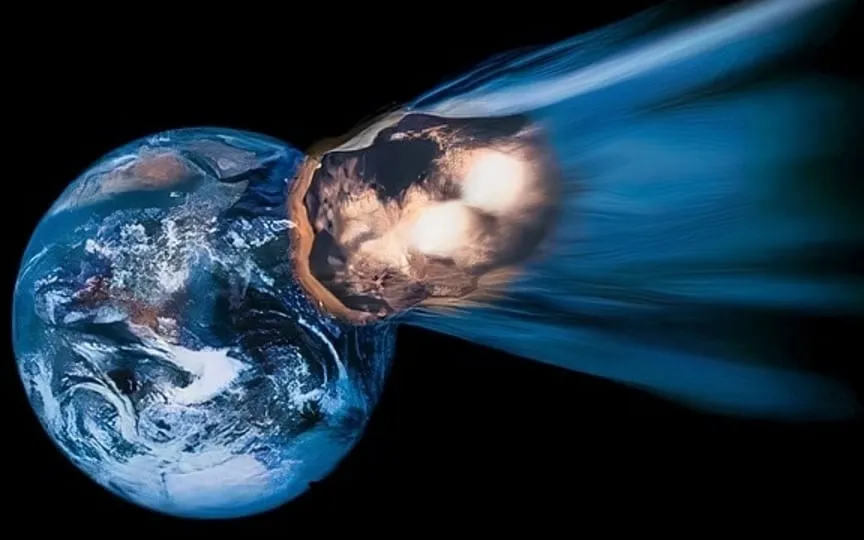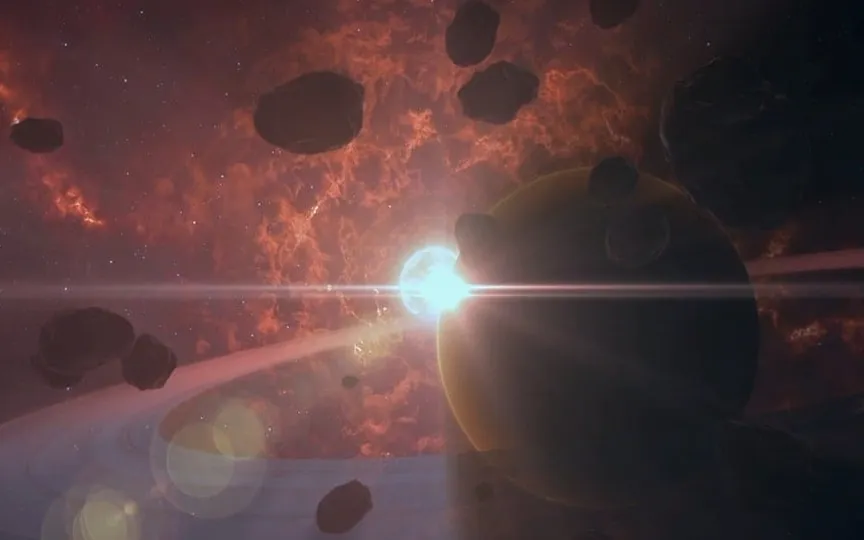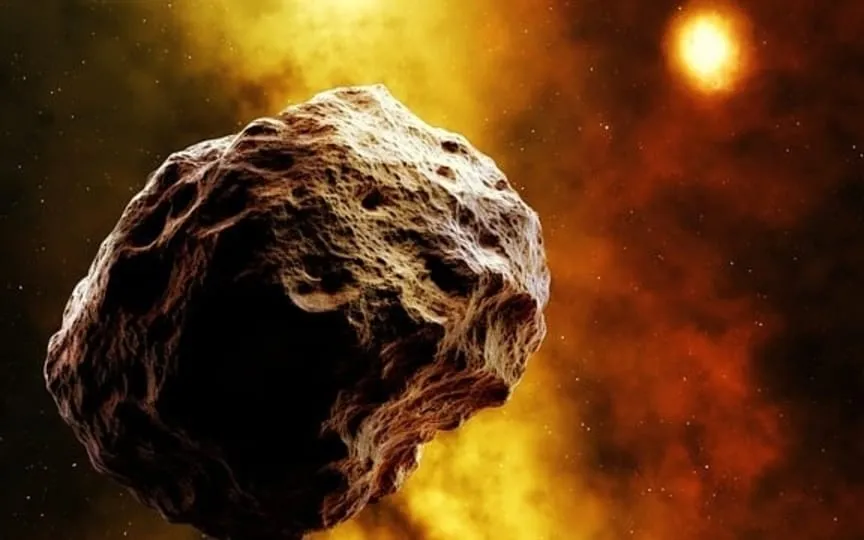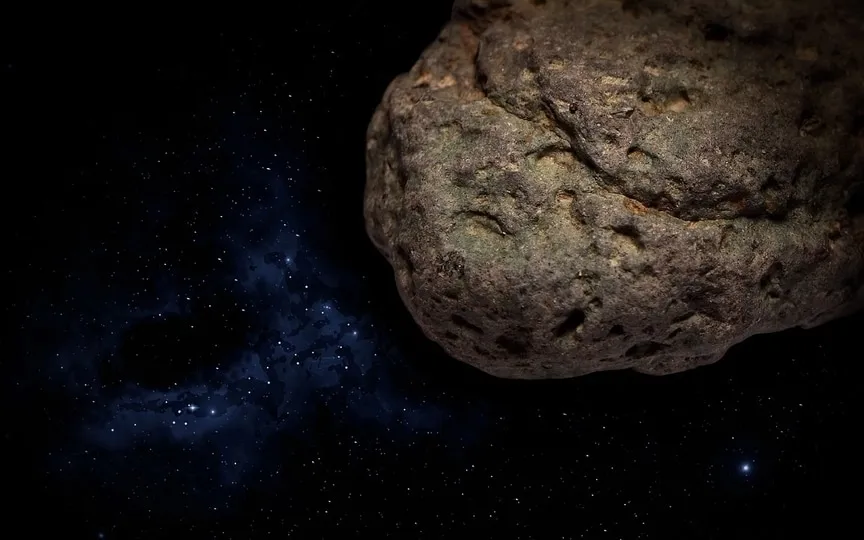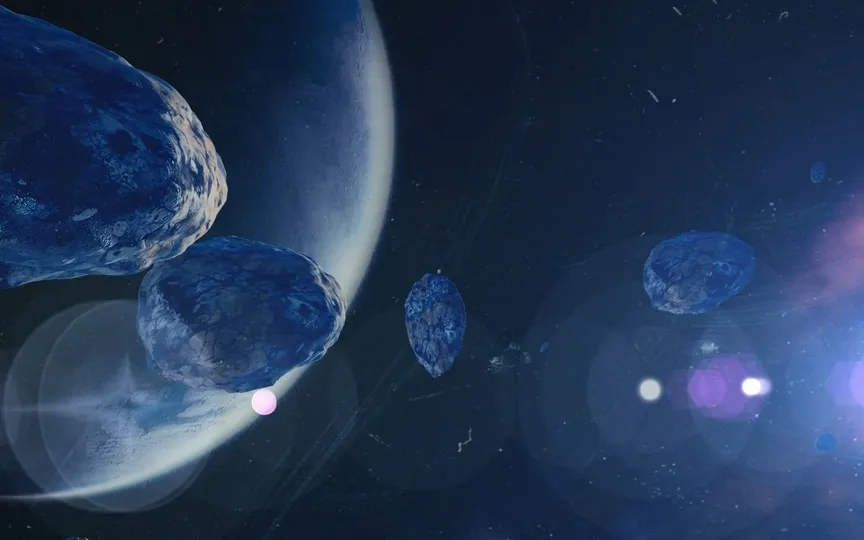Today, a massive 100-foot asteroid will be making a close approach to Earth – be sure to check its speed and distance.
Calling all stargazers! Mark your calendars for July 25th, 2024, when the 100-foot-wide asteroid “2024 NV1” will come close to Earth. Rest assured, despite its size, NASA has closely monitored its path and assures us that it will pass by at a safe distance of 3.35 million miles. No need to worry about any potential impact. Safe passage and high speed Although the asteroid’s size may seem alarming at first – comparable to a small airplane – its actual trajectory poses no threat to Earth. According to NASA’s exact calculations,…
Read More


